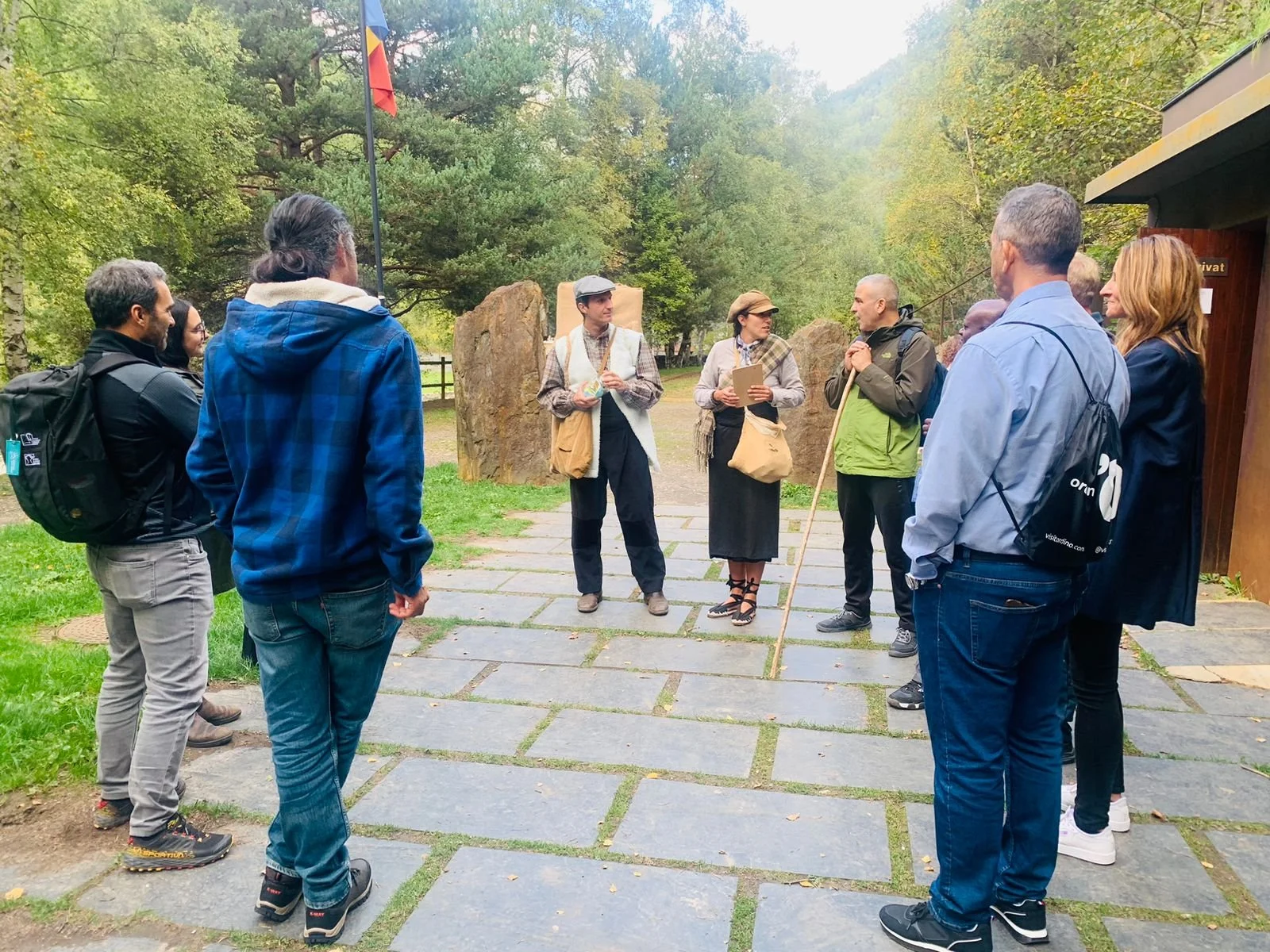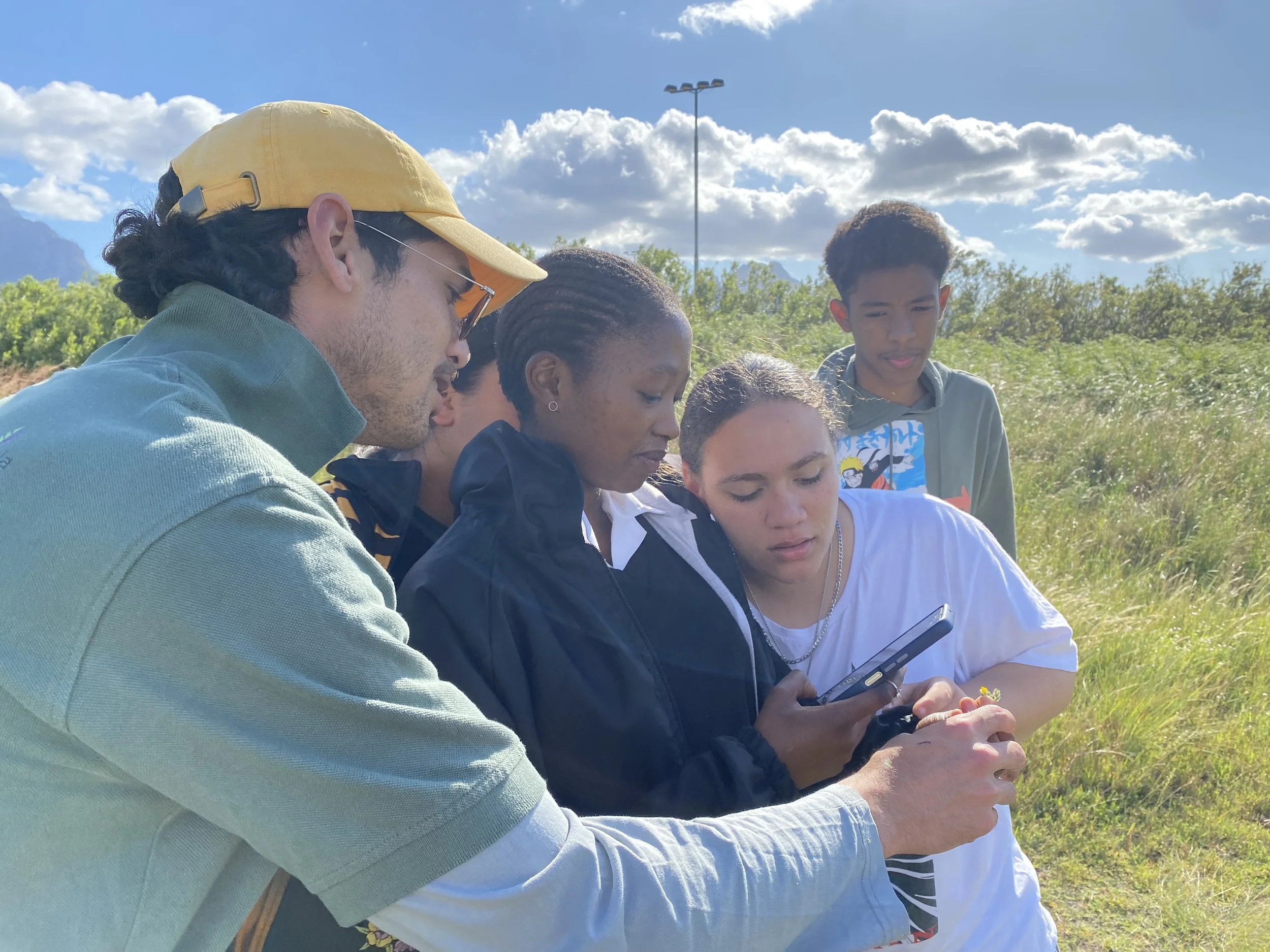As part of their protected landscapes and community sustainable course, 13 students alongside two professors from Paul Smiths College, New York, based in the Champlain Adirondack Biosphere Network (CABN), visited South Africa for a 10-day biosphere to biosphere learning exchange to develop a comparative analysis of sustainable development strategies and actions in both countries.
To further understand the sustainable community perspective in South Africa, the students also examined cultural and socioeconomic dynamics, challenges, and opportunities in the region.
While at Cape Winelands Biosphere Reserve, the group were introduced to the Young Mother Support Programme in Villiersdorp. They also met with a local community entrepreneur, who is spearheading the Micro-business Bee Keeping project. A new initiative based at the Cape Winelands Biosphere Reserve Hub.
Delving in…
The Young Mother Support Programme is a Cape Winelands Biosphere Reserve initiative that further capacitates an already established programme in Villiersdorp, facilitated by a community member trained as a *Flourish host.
The programme supports pregnant women, as well as their children after they give birth, in addition to young pregnant girls and girl at risk. Classes are held in the township, and online, for the mothers living in nearby towns with limited travel, or in farm communities in the area. It is a safe space for young women to learn valuable life skills, and to provide them with other needed resources, such as trauma counselling and community support. To the visiting Paul Smith College students, talking to the women in the community and hearing the positive impact this program has was incredible inspiring to them. It also gave the group insight to the cultural dynamics in different communities. The group were treated to freshly made roosterkoek, jam, and cheese, a traditional South African meal.
Engaging in the Entrepreneur Microbusiness Bee Project back at the CWBR Hub, was a highlight for the group. Economically, the project offers business training and bee-keeping practices to 20 local women to start their own business in a sustainable fashion. The project aims to drive economic growth in the local community while supporting sustainable practices. Socially, women from different regions and different ethnicities can connect, fostering positive relationships and communication within the community. Keeping bees has a positive ecological impact in pollination, as well as practicing self-sustainable actions by producing honey. A student reflects, “Personally, I enjoyed this activity, as the class was able to work with important species in the environment”.
After three days with the CWBR, the group then headed onto Gouritz Cluster Biosphere Reserve. Some examples at Gouritz Cluster Biosphere Reserve (GCBR) included Gouritz Resilient Rivers Project, and the Inheems Art initiative that spearhead the sustainable efforts to foster human and nature connection.
A student reflects “So far, this trip has enlightened me with projects and actions being taken in biosphere reserves across the globe. This enables me to create a comparative analysis between CWBR, GCBR, and CABN, as well as bring back ideas to share with the board on how we can connect with our community. The mountainous landscape and vast among of biodiversity have made this trip incredible!”
Paul Smith’s College students and professors with CWBR facilitator









































